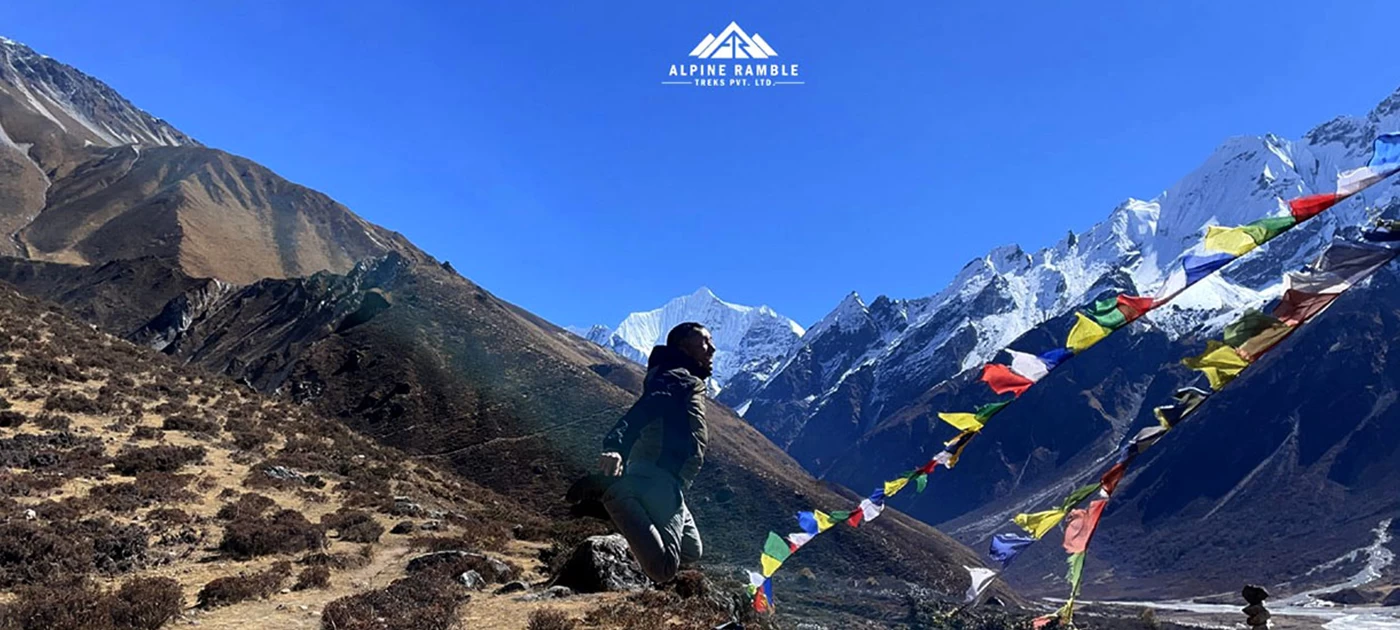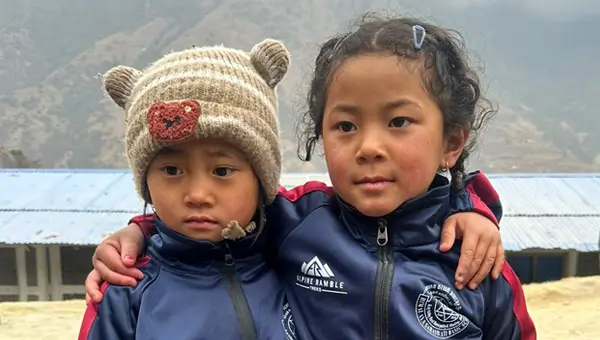Trekking during the Monsoon season in Nepal is still possible and doable with little extra work and preparation. As you may know, the monsoon season in Nepal typically occurs from June to September, bringing heavy rainfall and increased risks for trekkers. This email aims to inform you about the current weather situation and provide guidance to ensure your safety during your trekking adventure.
We would also recommend checking reliable weather forecast websites or contacting local authorities, such as the Nepal Department of Hydrology and Meteorology, for the most up-to-date information. They will have the latest details and can offer specific advice tailored to your trekking plans.
During the monsoon season, it is important to be aware of the following:
- Trail Conditions: Heavy rainfall can lead to slippery and muddy trails, making trekking more challenging. It is crucial to have proper trekking gear, including sturdy footwear with good traction, rainproof clothing, and trekking poles to maintain stability.
- Safety Precautions: Due to increased risks of landslides and avalanches during the monsoon season, it is essential to stay updated on weather forecasts and heed any warnings or advisories issued by local authorities. Consider hiring a licensed local guide who is knowledgeable about the region and can help navigate any potential hazards.
- Flexibility in Itinerary: The weather during the monsoon season can be unpredictable, resulting in occasional flight delays or cancellations. It is advisable to have a flexible itinerary and allow extra time for contingencies.
- Accommodation Availability: While some teahouses along the trekking routes in Everest may remain open during the monsoon season, it is important to be prepared for limited availability and potential closures. Make sure to plan your accommodations in advance and check with local lodges to ensure they are open during your intended trekking period.
- Health and Hygiene: The monsoon season brings increased humidity and the risk of waterborne diseases. It is crucial to maintain good hygiene practices, such as using purification tablets or filters to treat drinking water and practicing proper hand hygiene. Additionally, consider carrying a basic first aid kit with essential medications and consult a healthcare professional before your trip.
In summary, trekking in Everest during the monsoon season requires careful planning and consideration of the prevailing weather conditions. I strongly recommend staying updated with the latest weather forecasts and consulting local authorities for the most accurate and up-to-date information.
See the best Monsson treks in Nepal

